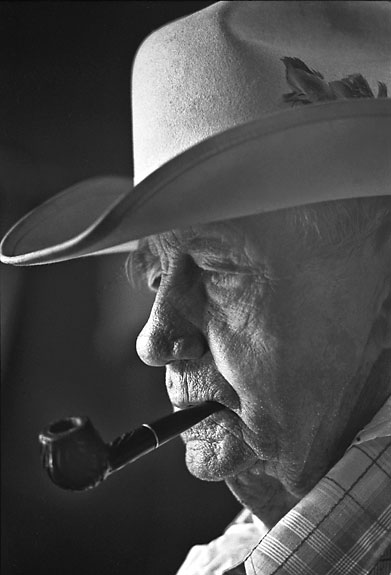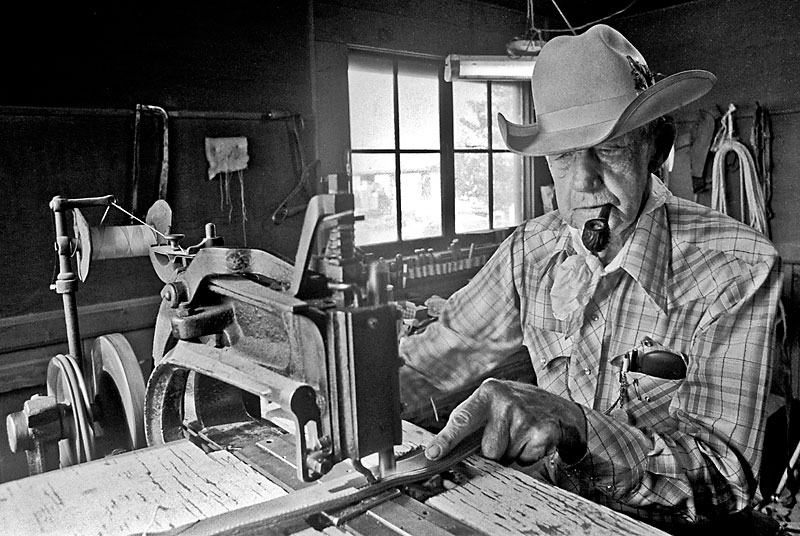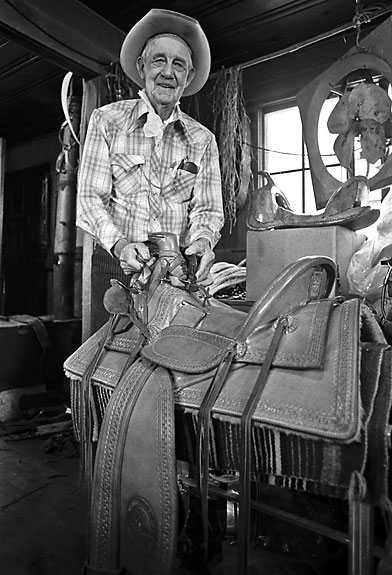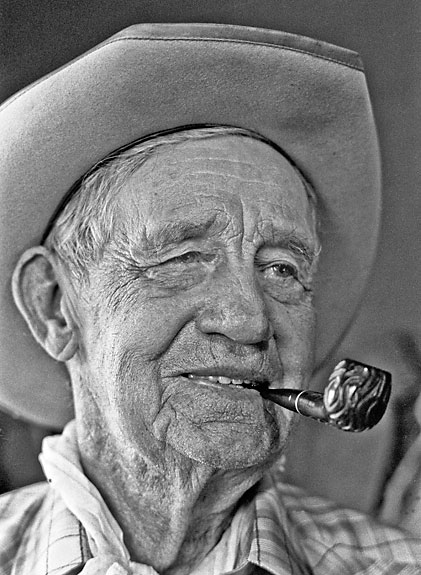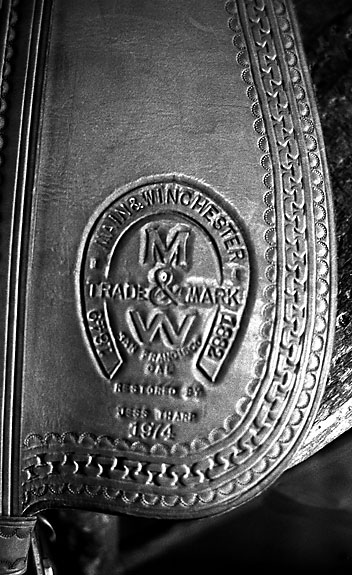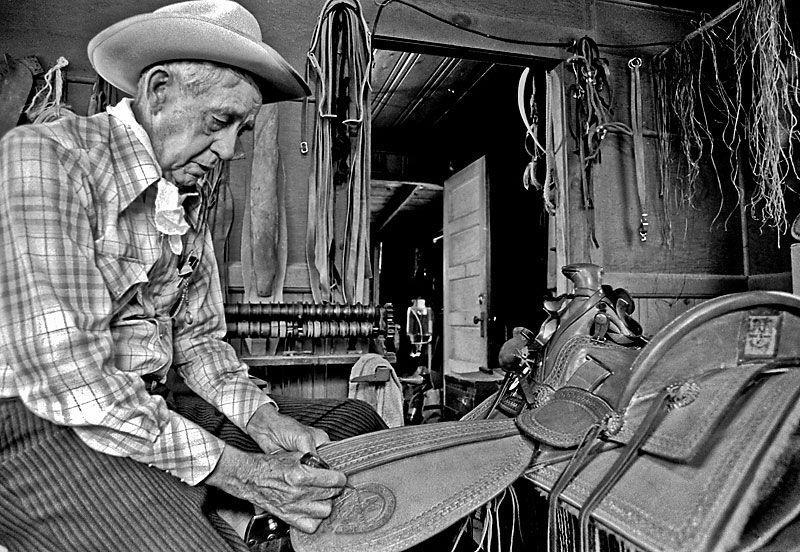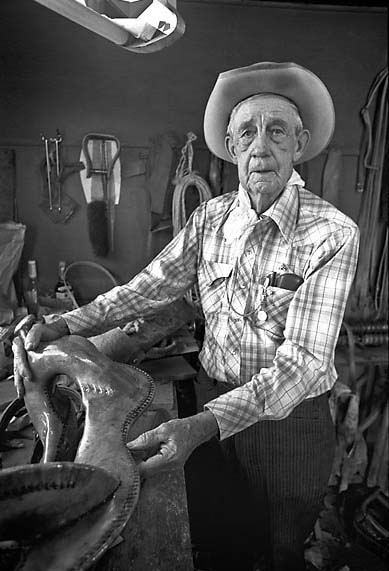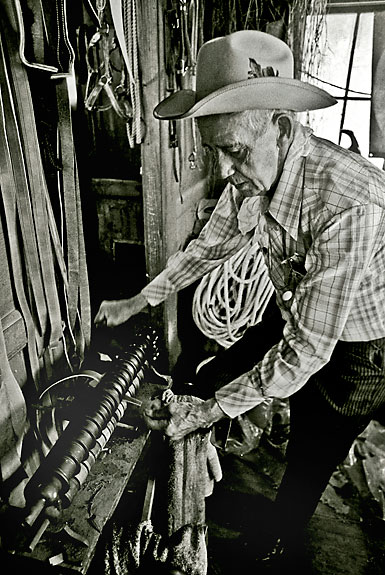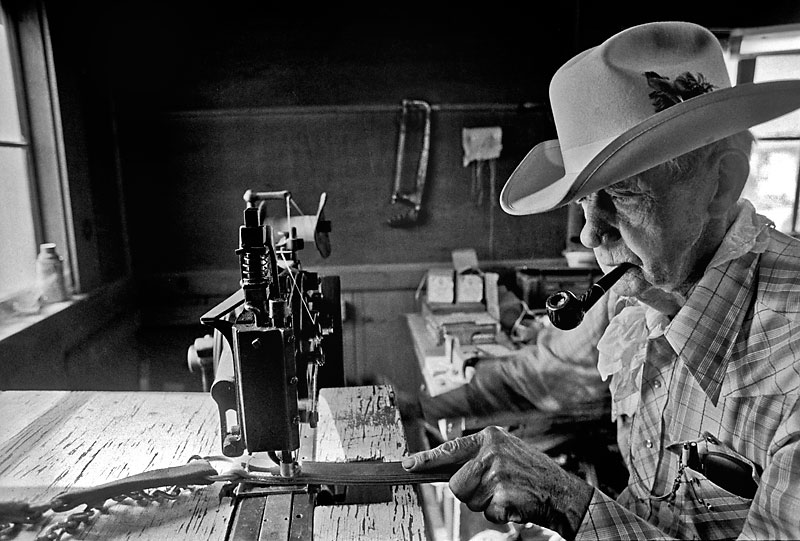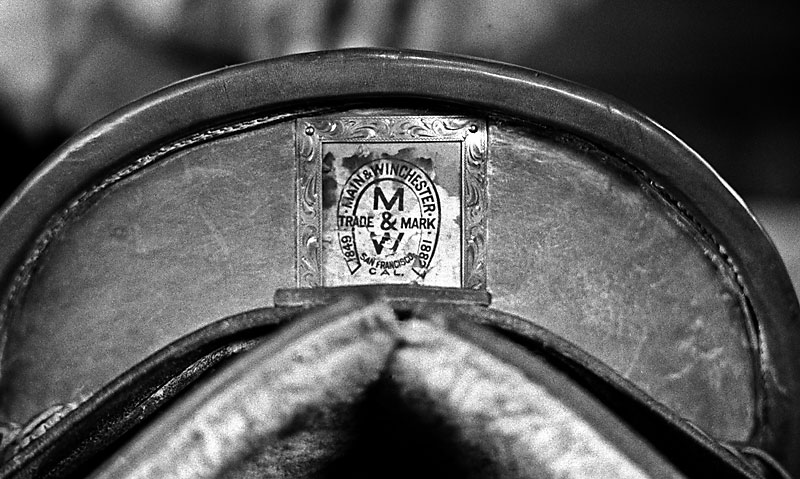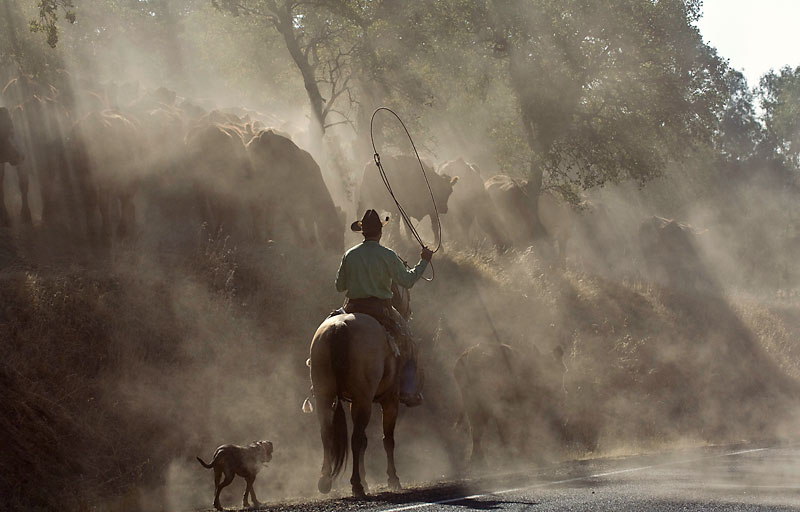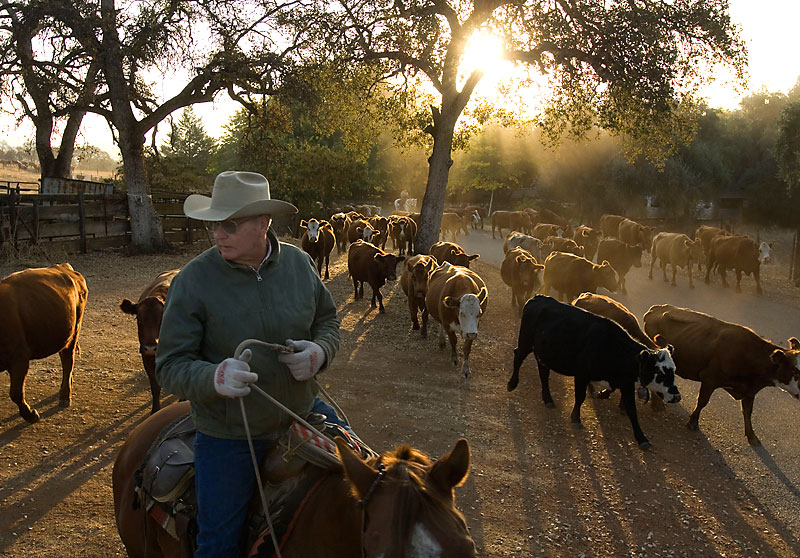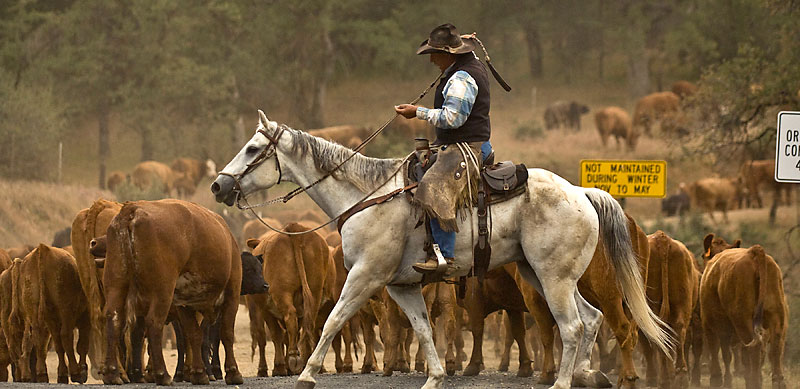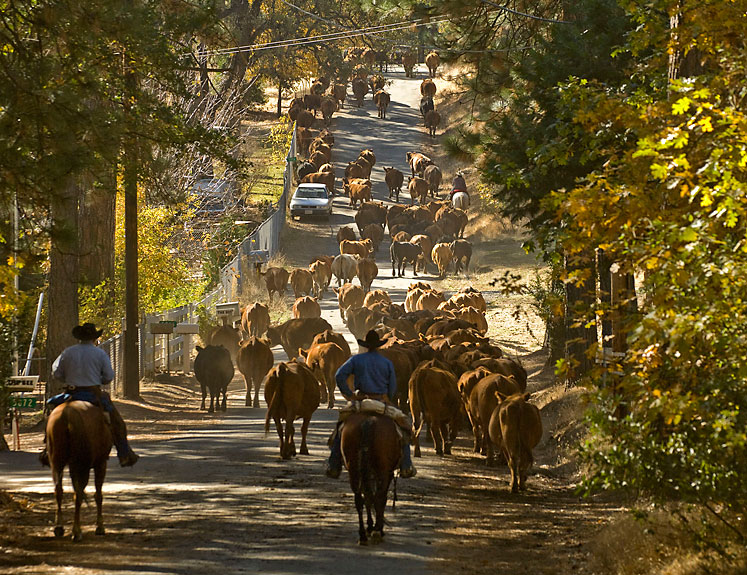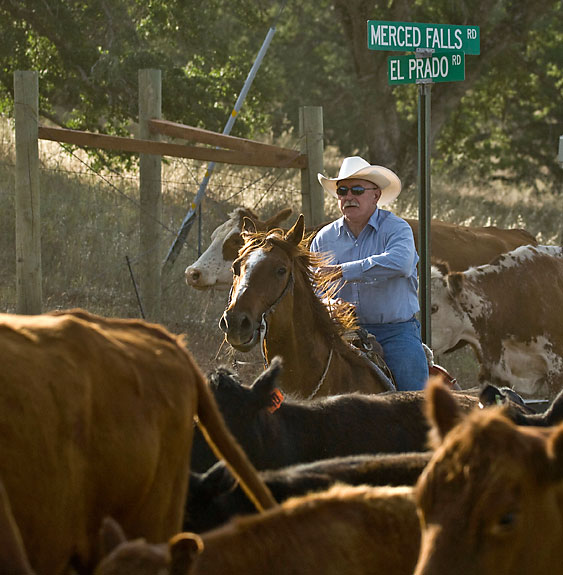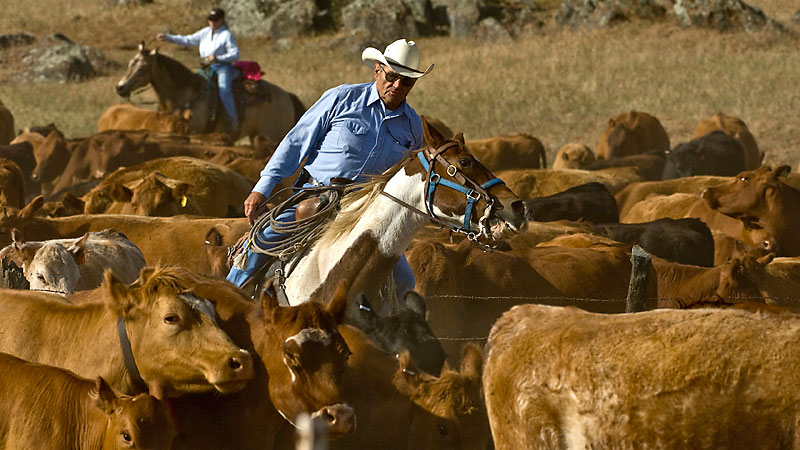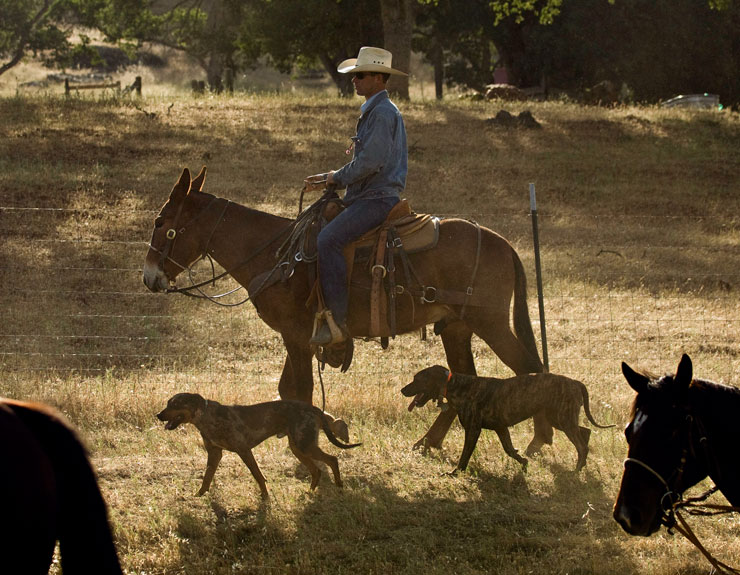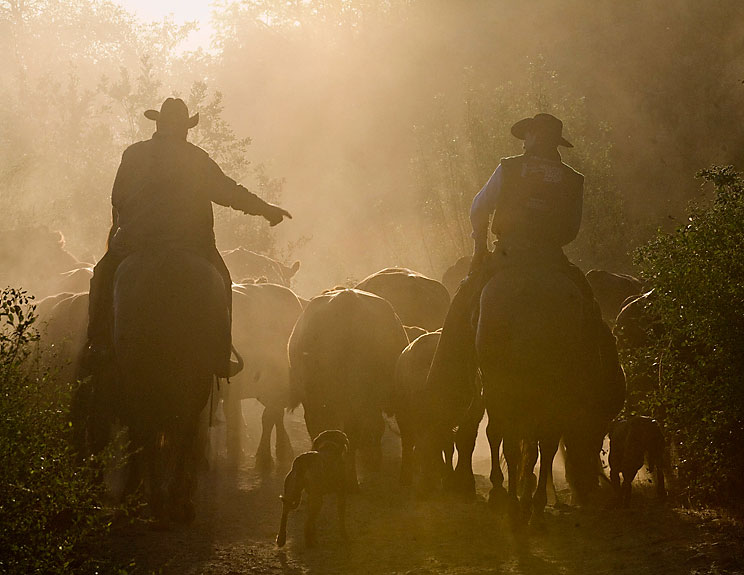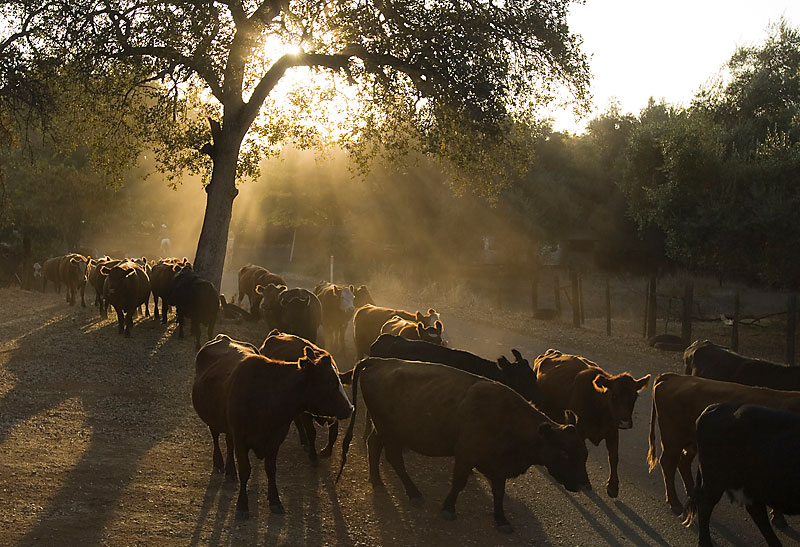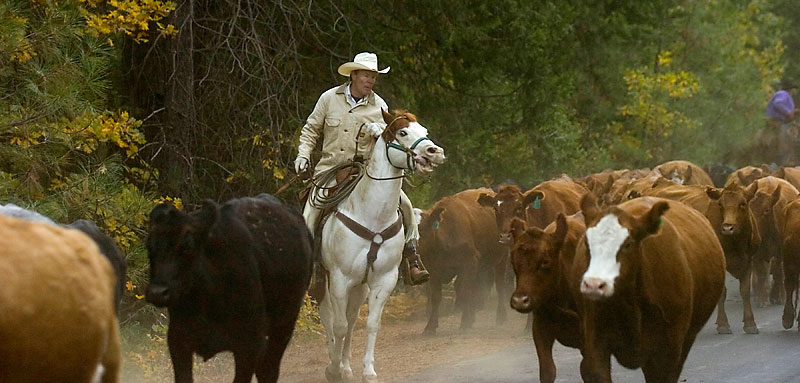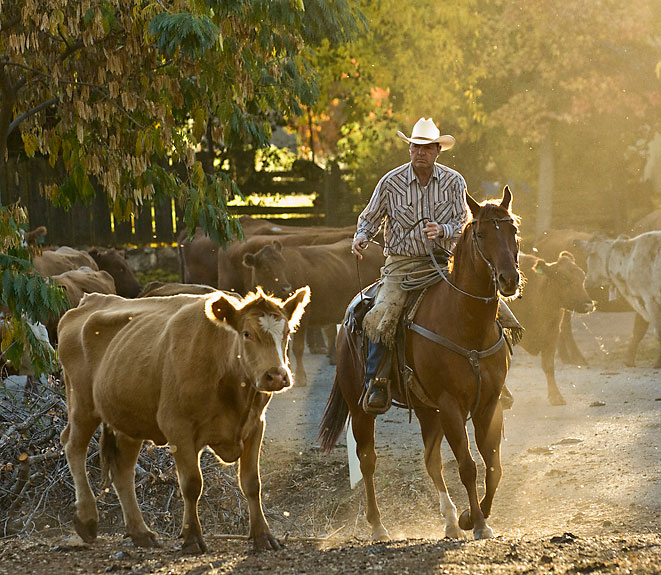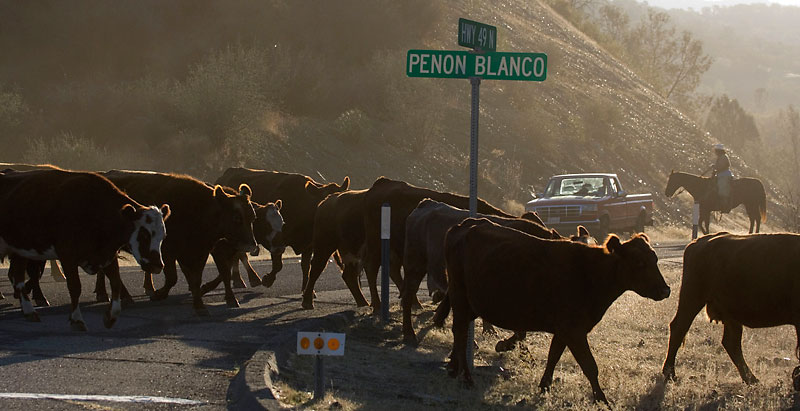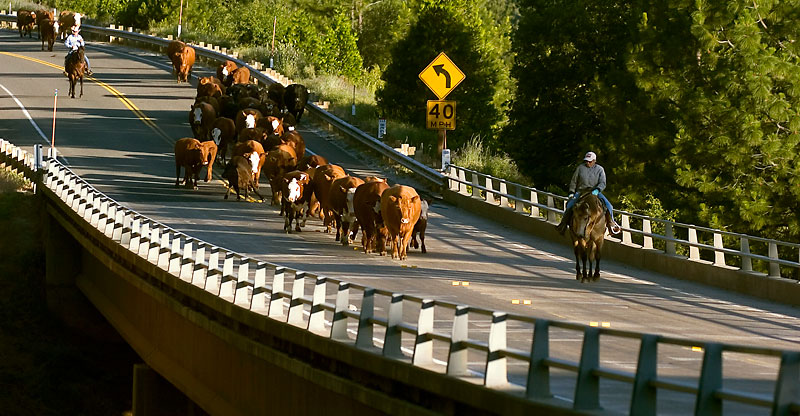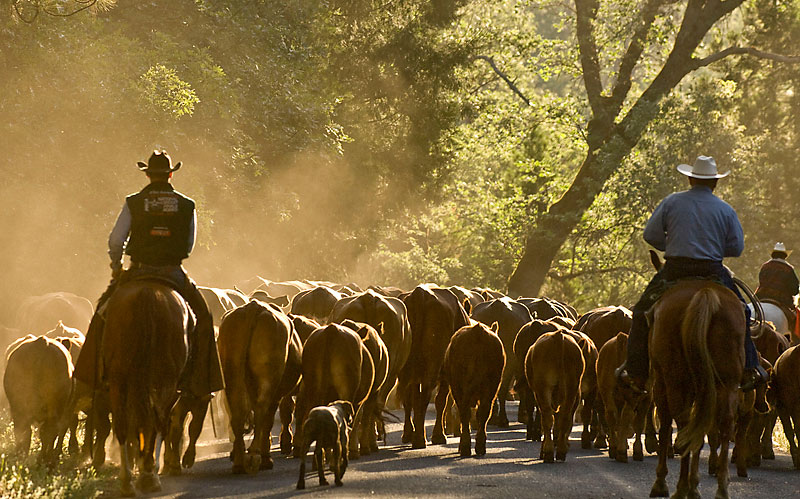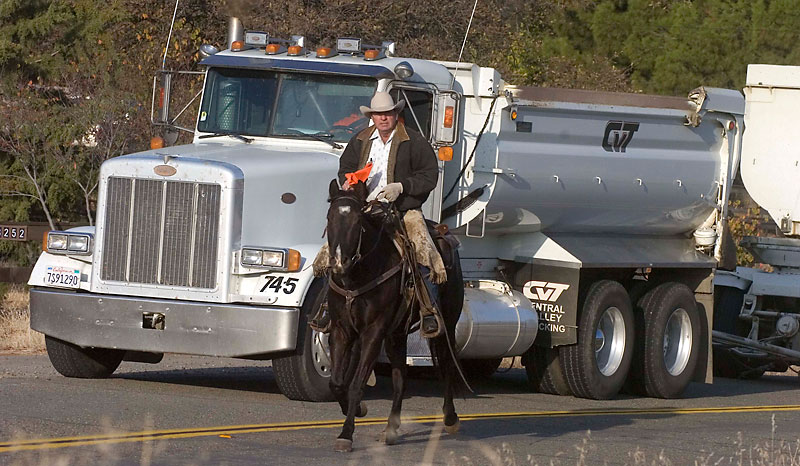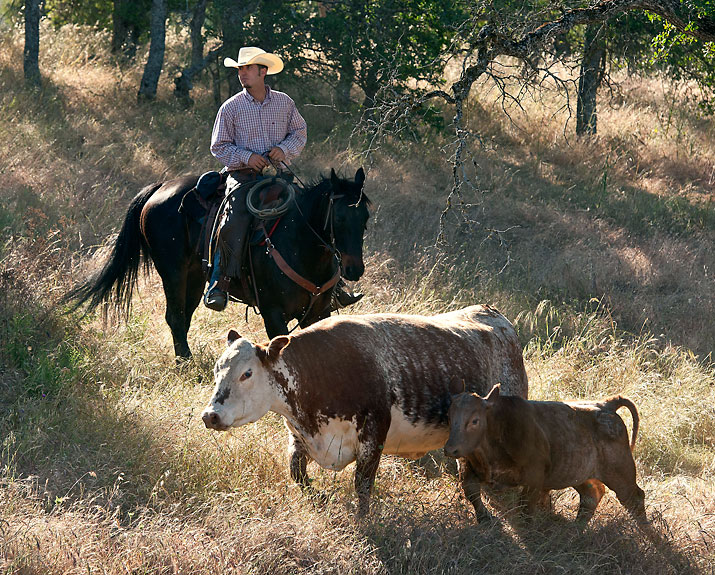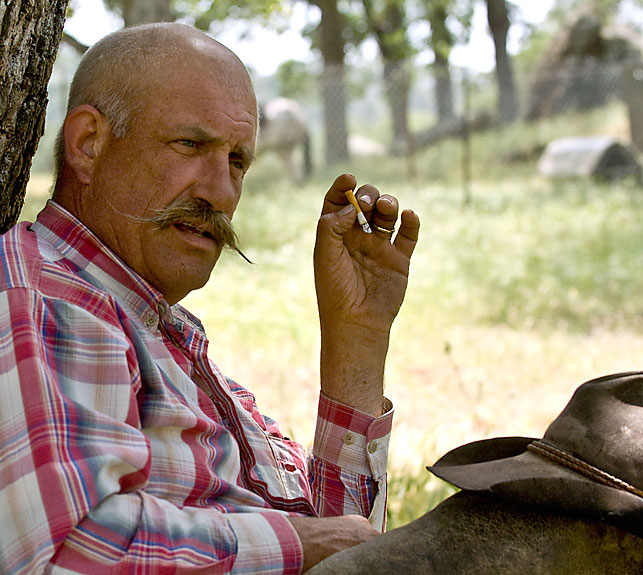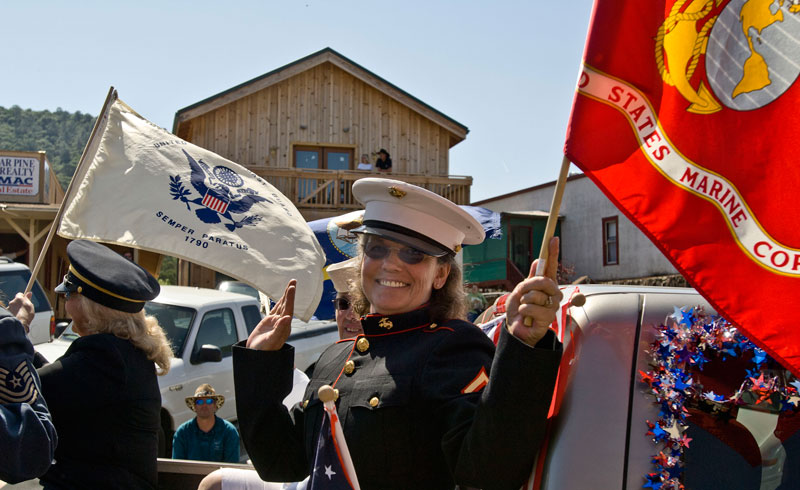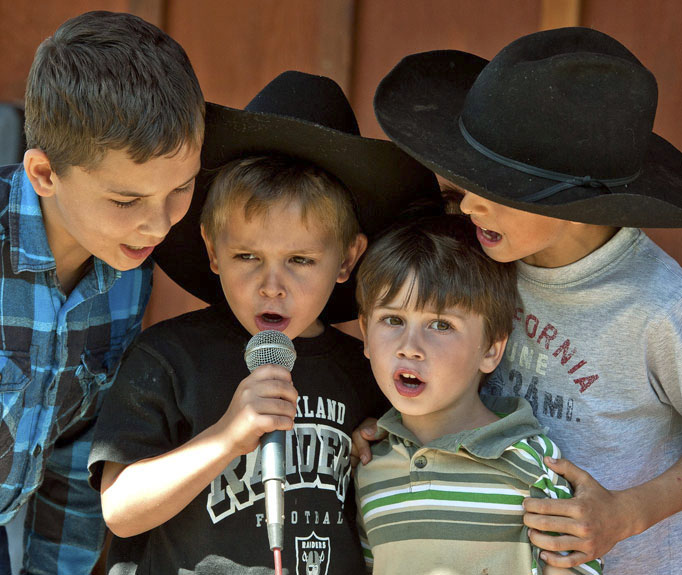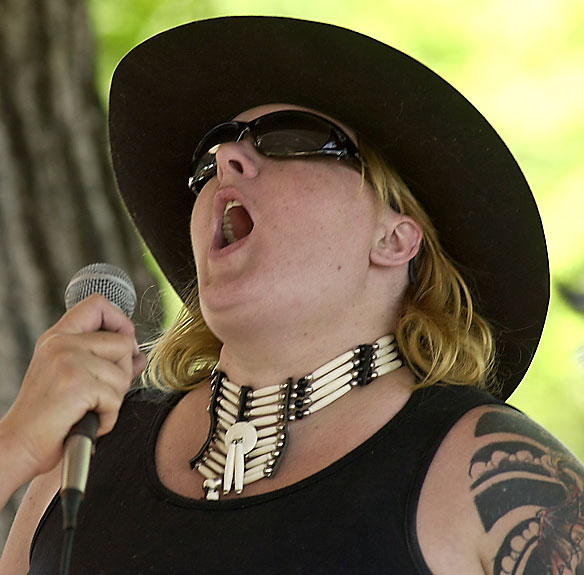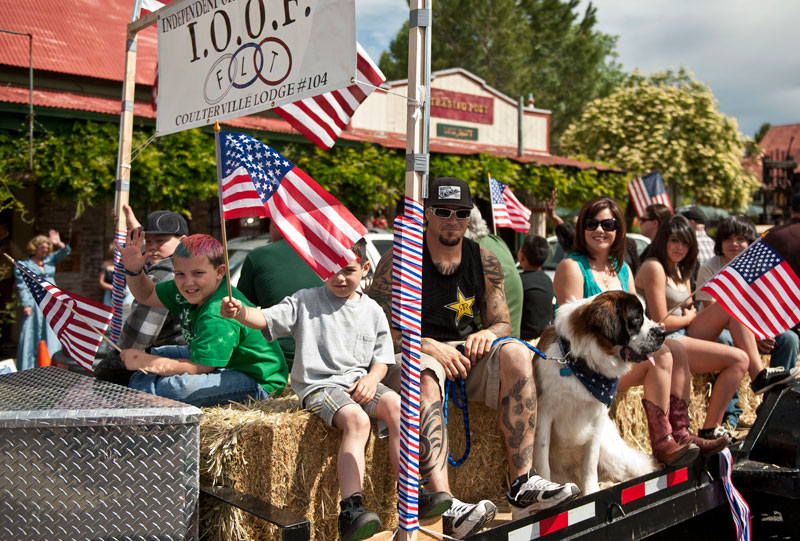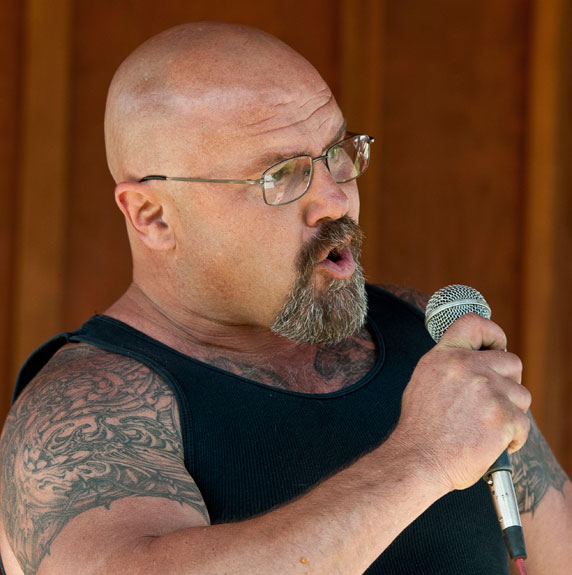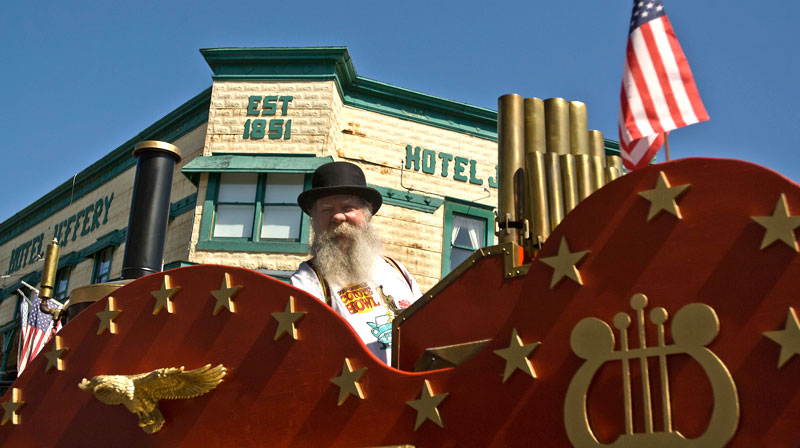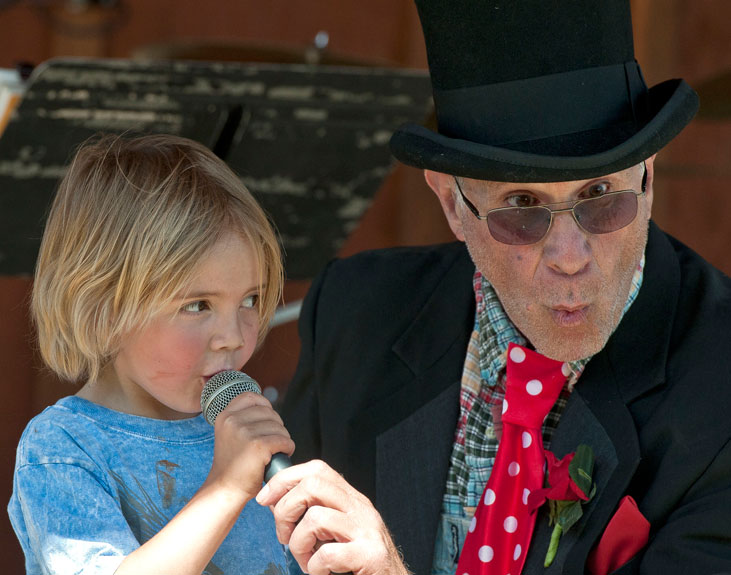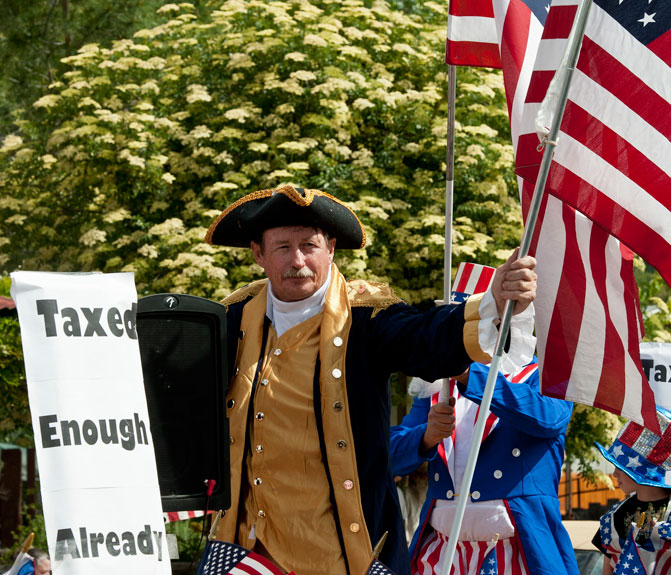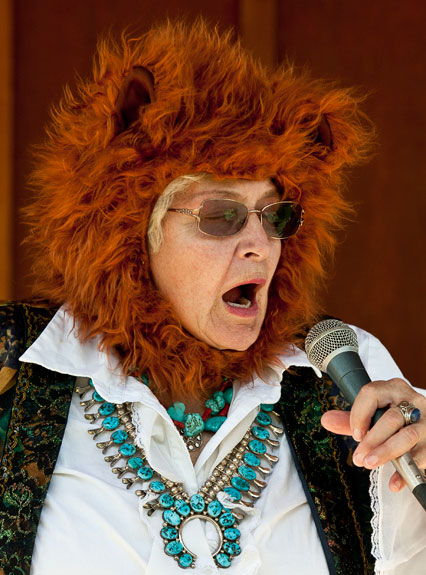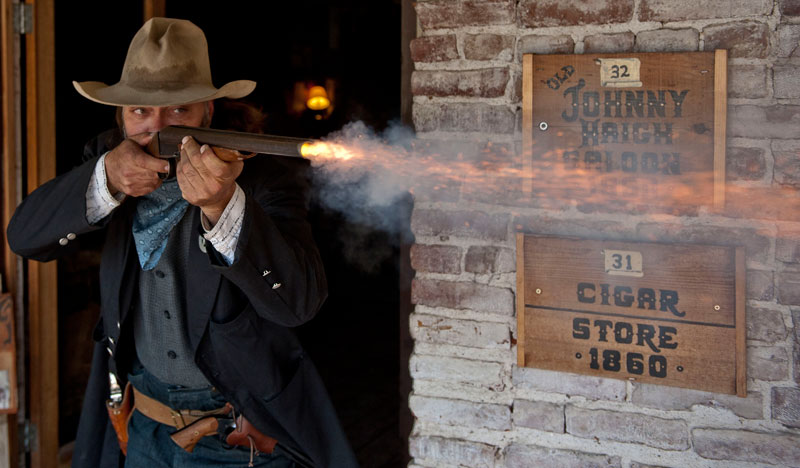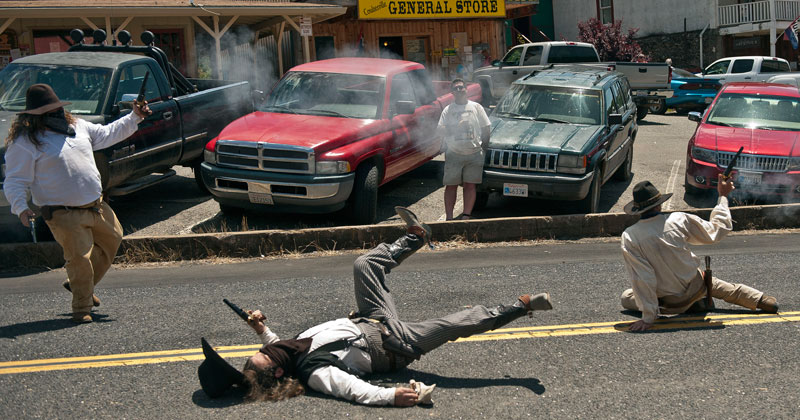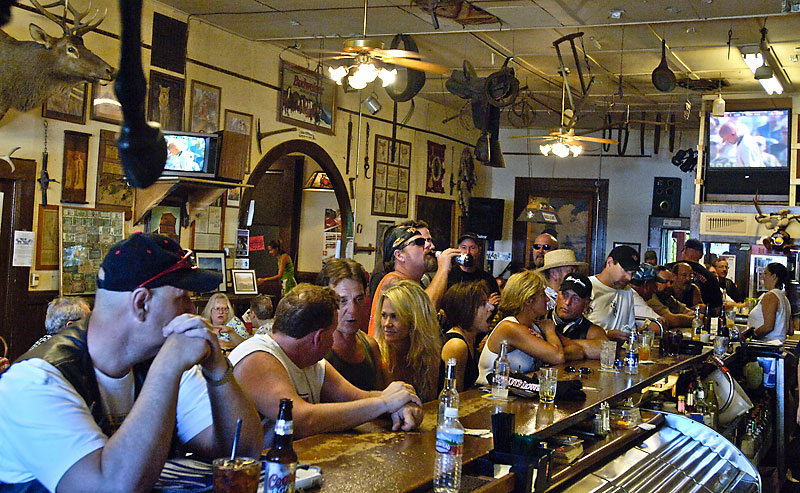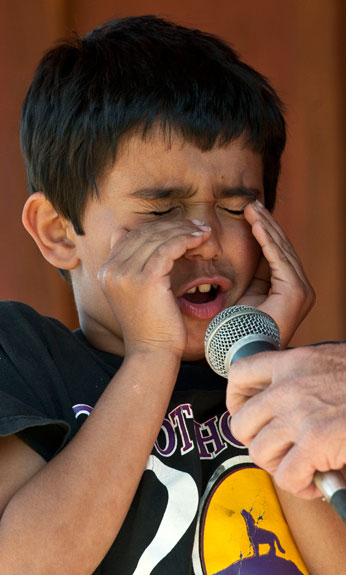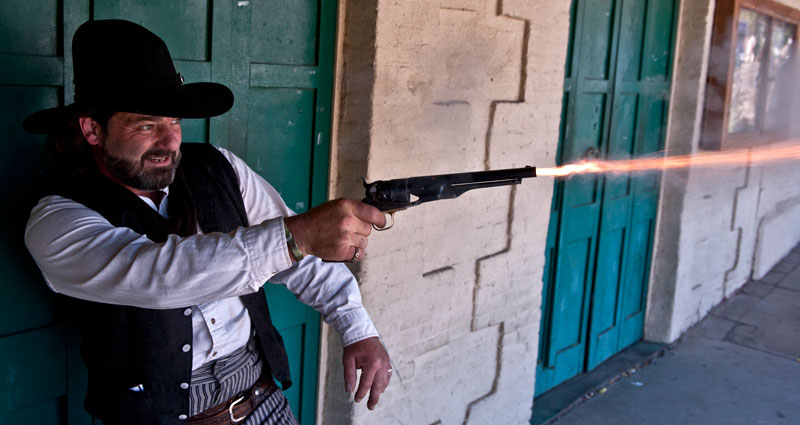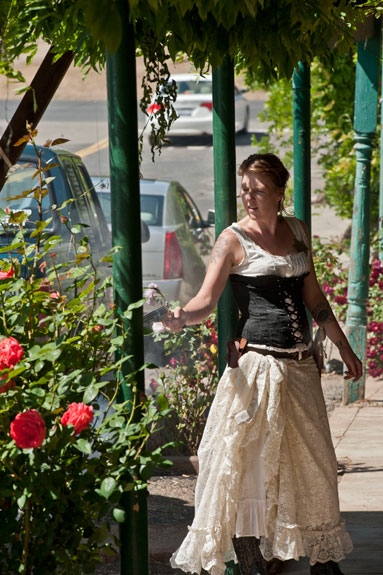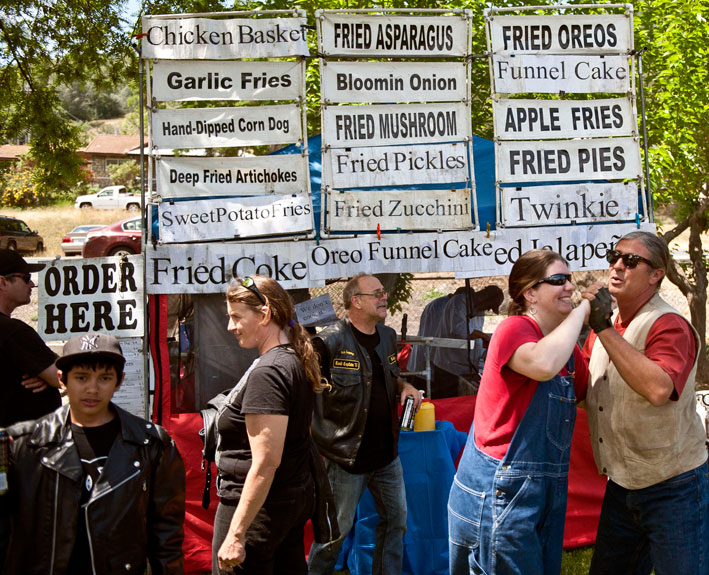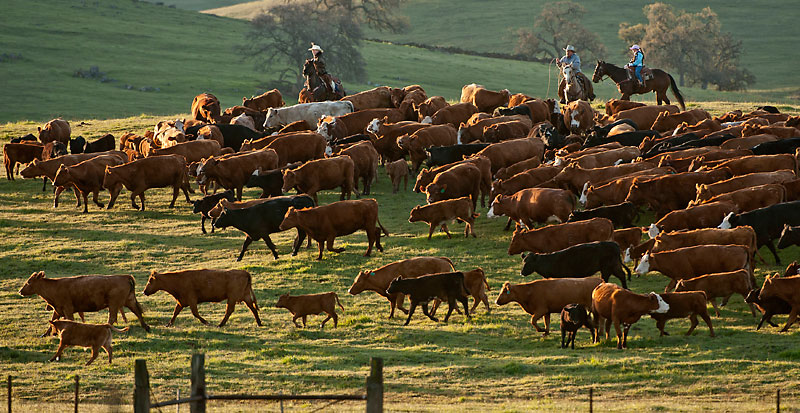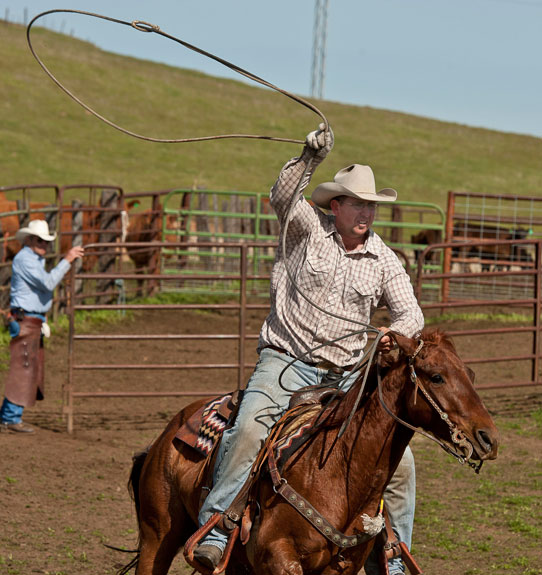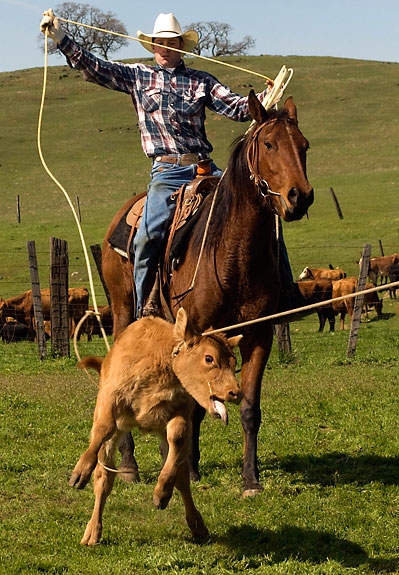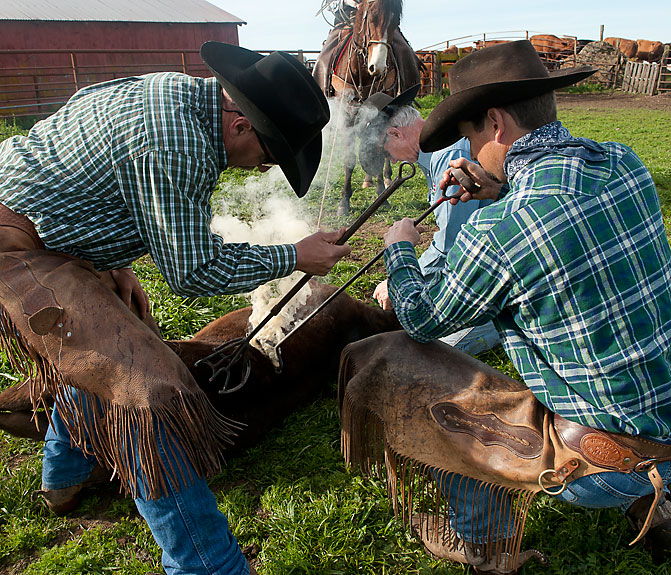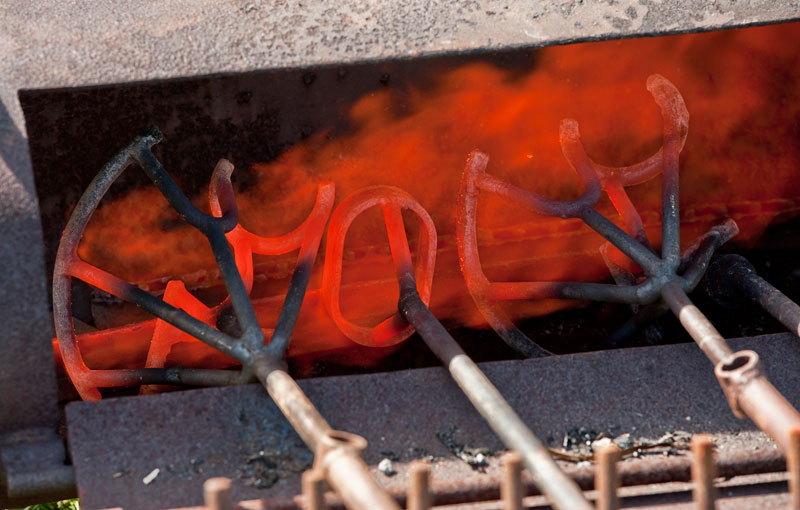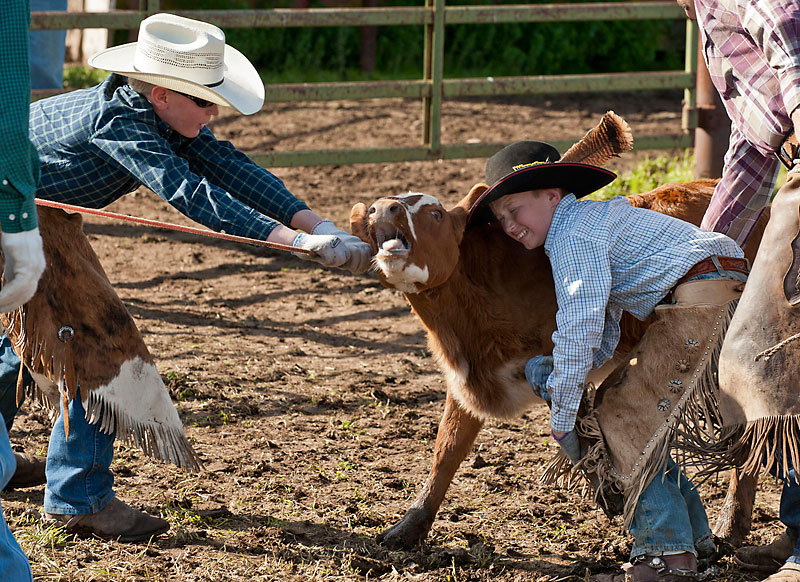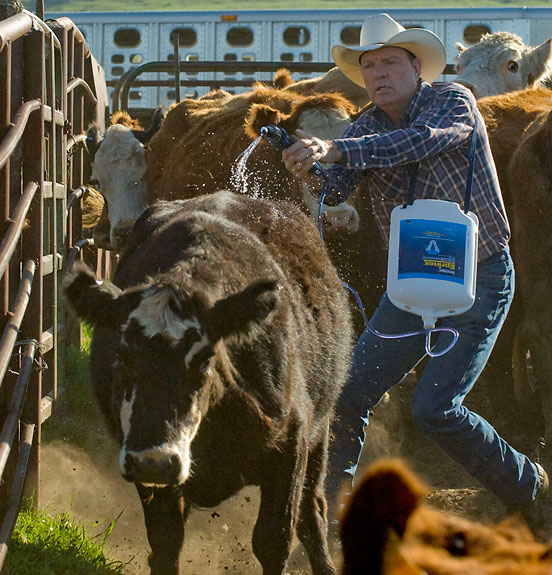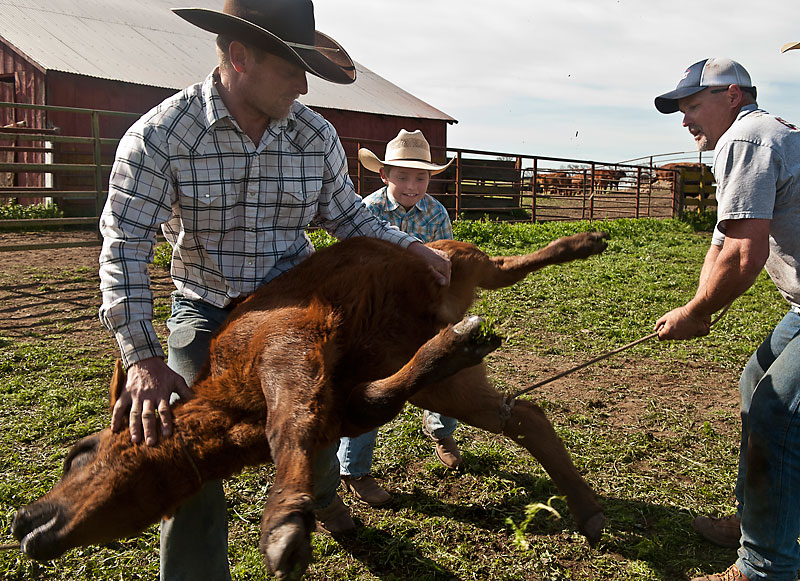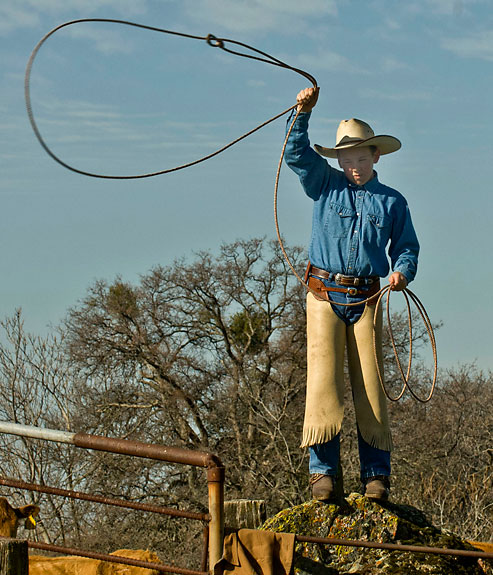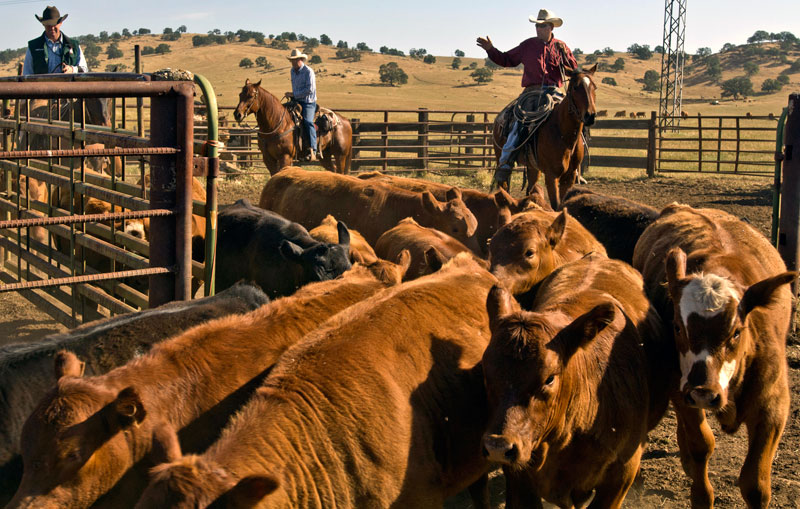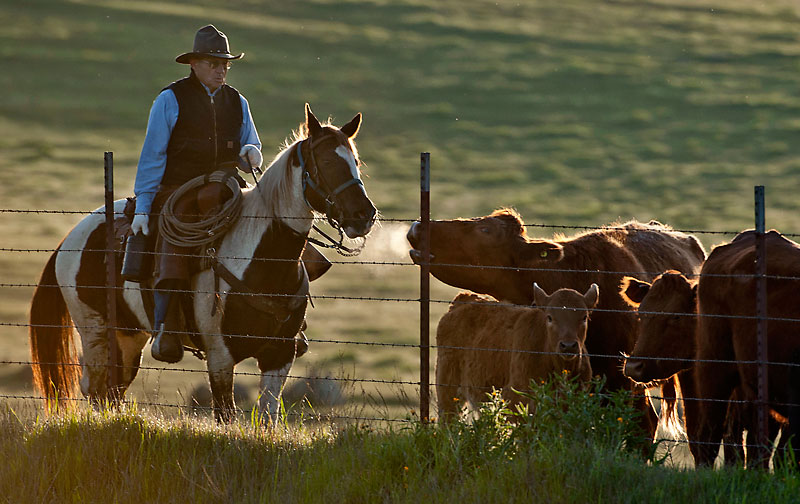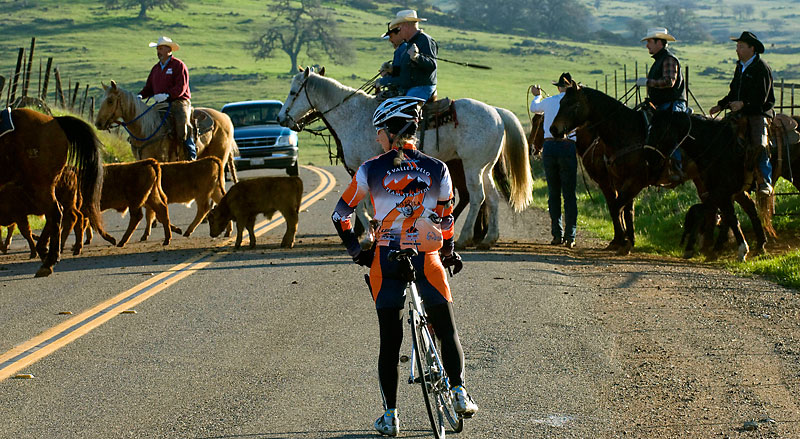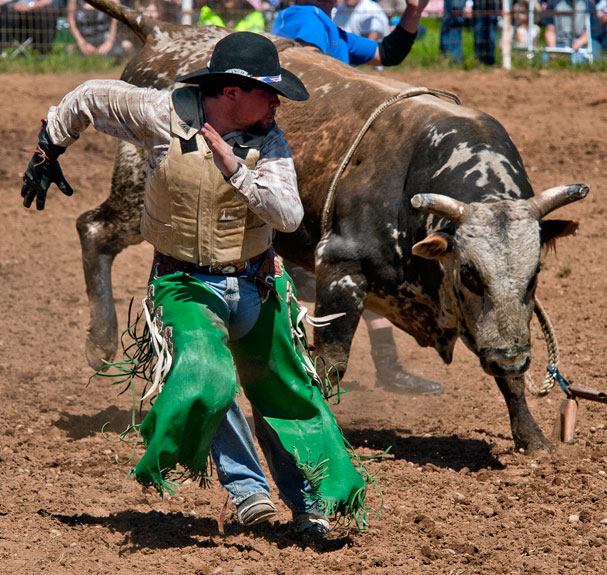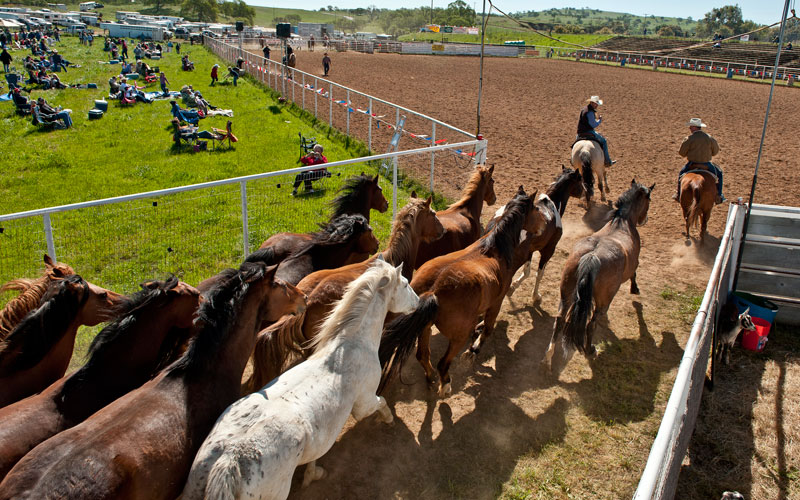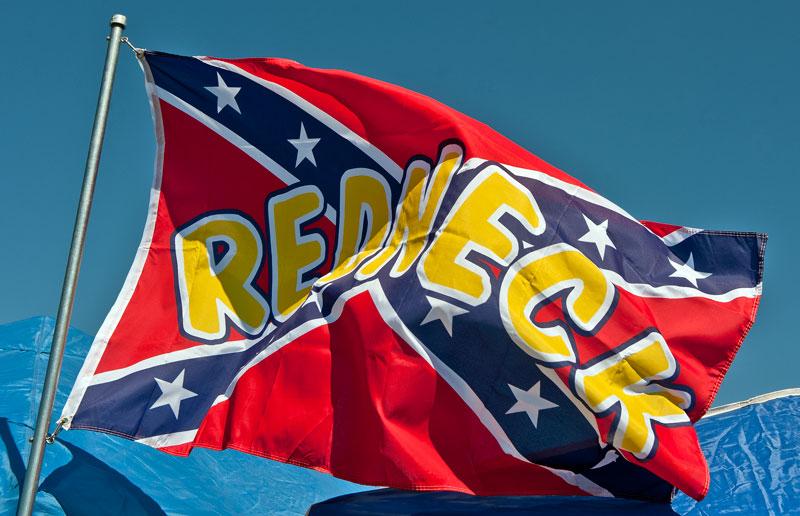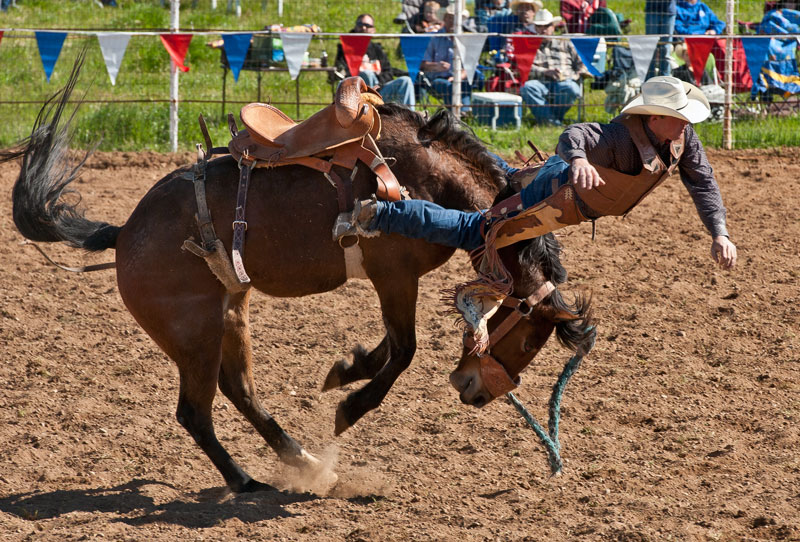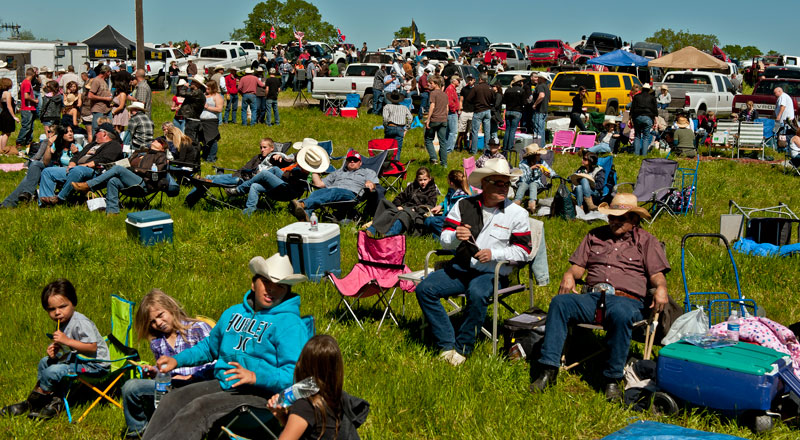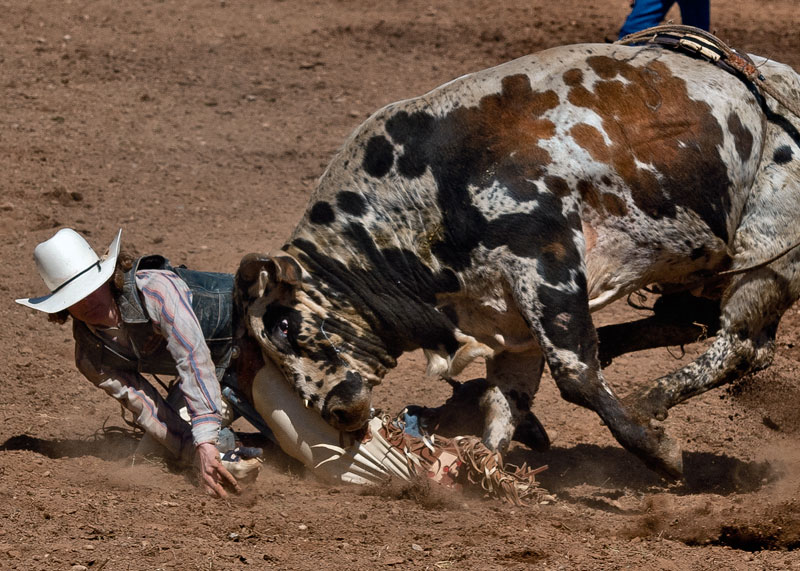In the middle of June 1975, Laurelei Mullens, Modesto Bee features editor, sent me to south Modesto to photograph Jess Tharp, an 80-year-old cowboy saddle maker. Mullens was doing an advance story for the big Modesto Independence Day Parade. She wanted to do the story about Tharp because he would be the oldest rider in the parade and had been making and repairing saddles for over half a century.
When Tharp returned home in 1919 after serving our country in World War I, he changed careers. Before the war, he had been a full time cowboy. After the war he was offered $35 and beans for breaking horses, a job that had paid twice as much before the war. He said, “Forgit it.â€Â From 1922 on, he would be a saddle maker. He got his start in a saddletree shop in Utah.
Jess’s saddle shop in Modesto was full of smells that were familiar to me. I grew up in my father’s shoe repair business. Golub’s Shoe Repair smelled of freshly tanned leather just like this saddle shop. There was a heavy coat of dust that came from shaving leather and the tools were similar to those I played with as a kid.  To see Jess’s images on Photoshelter click here.
Jess took cheerful pride in the saddle he was going to use in the 4th of July parade. He used a saddletree that was older than he was, made in 1882. He restored the saddle the year before, but this would be the first time he used it since the restoration.
He told me he would be the oldest rider in the parade and would wear his 60-year-old spurs, saying “I’ve rode many broncs with those spurs since 1915.â€
Jess gave me a quick lesson in hand tooling. He let me practice making an acorn pattern on a scrap of leather.
He hand tooled the Main & Winchester trademark on the fender of the saddle. The Main & Winchester Saddlery was one of the best known among the Old West Saddleries. They were a San Francisco based business that started up during the Gold Rush of 1849.
When asked why he kept on working into his later years he said, “If I’d just sit down and do nothing. I’d be a mess.â€
“Sure, I worked as a cowboy for three years steady, getting $70 a month for breaking horses, but that was before the war.â€
Jess works a hand-operated cutting machine for making leather strips to be used as reins and other rigging.
Special sewing machine is used to groove and stitch leather reins together. Being in Jess’s saddle shop was like going back in time. Jess told me about his days in Colorado when he carried a .32-20 Colt in his chaps pocket. “It was one of the long barreled jobs.â€
On the cantle of the saddle was the original trademark. Jess’s pride and craftsmanship reminded me of my father and the shoemakers that worked with him. I know my craftsmanship and sense of pride for my photography comes from what I learned from my father.
